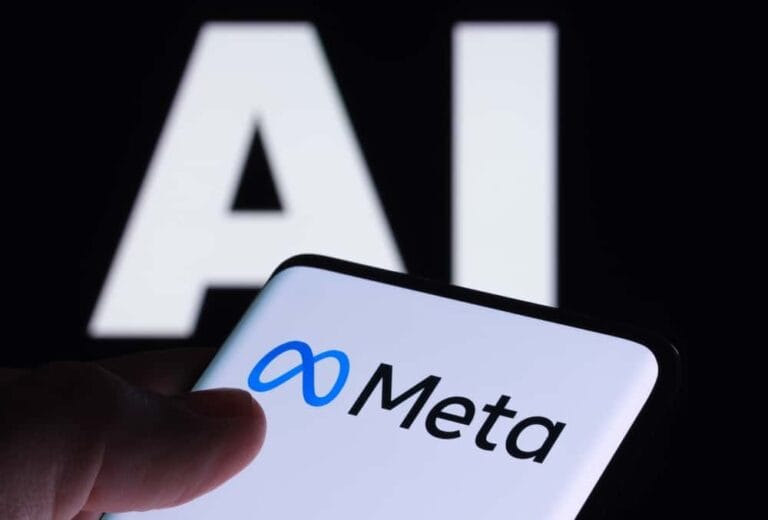Meta is in talks with Google about the use of TPUs (Tensor Processing Units) from 2027, with possible lease agreements via Google Cloud as early as 2026. The move would make Google a serious alternative to Nvidia as a supplier of AI hardware. The latter could be significantly affected by this due to its limited number of large customers.
According to Bloomberg, citing The Information and insiders, Meta may start using TPUs in its own data centers. The plans are in addition to an existing deal between the two parties. In August, Meta and Google Cloud signed their first cloud infrastructure agreement. That deal is worth more than $10 billion and will run for six years. It involves hiring Google servers and storage capacity for AI model training and inferencing. This setup was primarily intended to compensate for capacity shortages while Meta’s own data centers are still under construction.
The negotiation on TPUs seems like a logical next step. Meta is looking for alternatives to Nvidia, which is currently indispensable for major AI players. However, Google’s TPUs are gaining ground and appear attractive in terms of performance. AI model series creator Claude Anthropic has already signed a deal with Google to lease up to one million TPUs on Google Cloud. It is a somewhat unusual way to express computing power, but the expected power consumption based on that deal will exceed 1 gigawatt by 2026.
GPUs versus TPUs
GPUs were originally designed for graphics processing and are actually quite coincidentally also suitable for generative AI. Their power for massively parallel calculations makes them widely used for AI. TPUs, on the other hand, are application-specific integrated circuits (ASICs), built for specific AI workloads. Google works closely with DeepMind on models such as Gemini and uses feedback to refine TPU designs. The first TPU designs did not take GenAI or agentic AI in particular into account, but Google has the vertical integration to synchronise this better and better over time.
Meta’s interest in TPUs should be viewed in a broader context. Apple already used Google TPUs to train foundation models behind Apple Intelligence. The fact that these models have yet to make much of an impression does not detract from the fact that Google’s hardware appears to be a viable alternative to Nvidia. Apple trains its models on clusters of thousands of TPUv4 and TPUv5p chips via Google Cloud Platform.
Google recently launched the seventh generation of TPUs, codenamed Ironwood. This chip focuses on inferencing and scales up to nearly 10,000 units in a single pod. Anthropic will be one of the first users and will immediately serve as the ultimate stress tester. According to Google, the new generation delivers four times better performance than its predecessor, Trillium.
Pressure on Nvidia
For Nvidia, a Meta-Google TPU deal would mean extra pressure and a departure from the norm. Meta is one of the largest buyers of AI chips in the world. If Meta runs a substantial part of its future AI infrastructure on TPUs, Nvidia will lose revenue and market share. The expected $40 to $50 billion in inference chip spending in 2026 shows how much is at stake. Nvidia has only a small number of prominent customers, so any decrease in orders from one of those parties has a significant impact.
At the same time, Nvidia remains the market leader for the time being and has little to fear in the short term. GPUs are more versatile than TPUs and still dominate AI training. The question is how long that dominance will last in the face of increasing competition from specialized chips such as TPUs.
Read also: Microsoft and Nvidia invest $15 billion in Anthropic
